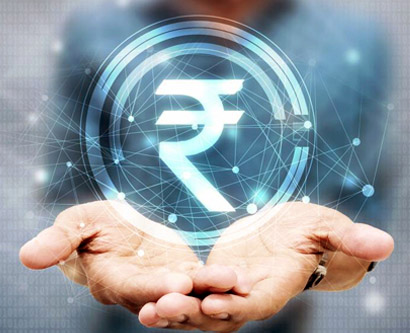Banking in India
Banking in India
» The Reserve Bank of India was established on 1st April, 1935 and it was nationalized on 1st January, 1949.
» The Finance Ministry issues Currency Notes and Coins of rupee one, all other Currency Notes are issued by the Reserve Bank of India.
» The first bank of limited liability managed by Indians was Oudh Commercial Bank founded in 1881. Subsequently, Punjab National Bank was established in 1894.
» Swadeshi movement, which began in 1906, encouraged the formation of a number of commercial banks.
» The Banking Companies Act was passed in February 1949, which was subsequently amended to read as Banking Regulation Act, 1949.
» Commercial banks mobilise savings in urban areas and make them available to large and small industrial and trading units mainly for working capital requirements.
» The Indian banking system consists of commercial banks, both in public and private sector, Regional Rural Banks (RRBs) and cooperative banks.
» As on June 30, 2009, Commercial Banking system in India consisted of 171 scheduled commercial banks out of which 113 were in public sector, including 86 RRBs. The remaining 27 banks, other than RRBs, in the public sector, consisted of 19 nationalized banks, 7 banks in SBI group and IDBI Bank Limited. Public sector banks (excluding RRBs) accounted for about 76.6% of the deposits of all scheduled commercial banks.
» Commercial banks are broadly classified into nationalised or public sector banks and private sector banks, with a few foreign banks. The public sector banks account for more than 92% of the entire banking business in India-occupying a dominant position in the commercial banking. The State Bank of India and its 7 associate banks along with another 19 banks are the public sector banks.
» Oudh Commercial Bank was the first complete Commercial Bank of India.
» The Imperial Bank was established in the year 1921 by merging three main Presidency Banks.
» The largest bank-imperial Bank was nationalised in 1955 on recommendation of Gorewala Committee and rechristened as State Bank of India.
» In 1959, 7 regional banks were nationalised and given the status of Associate Banks of State Bank of India.
» On 19th July, 1969, 14 big commercial banks with deposits worth Rs. 50 crores or more and on 15th April, 1980, six other scheduled banks were nationalised, bringing total number of nationalised banks to 27 (19 + SBI + 7 SBI Associates).
» Before the merger of New Bank of India in Punjab National Bank (in 1993) the total number of nationalised banks was 28 (8 SBI and Associates + 14 + 6).
★ After the merger of "State Bank of Saurashtra" and "State Bank of Indore" in the State Bank of India, the number of Associates of SBI has come to 6.
